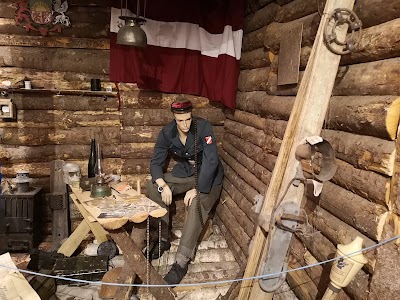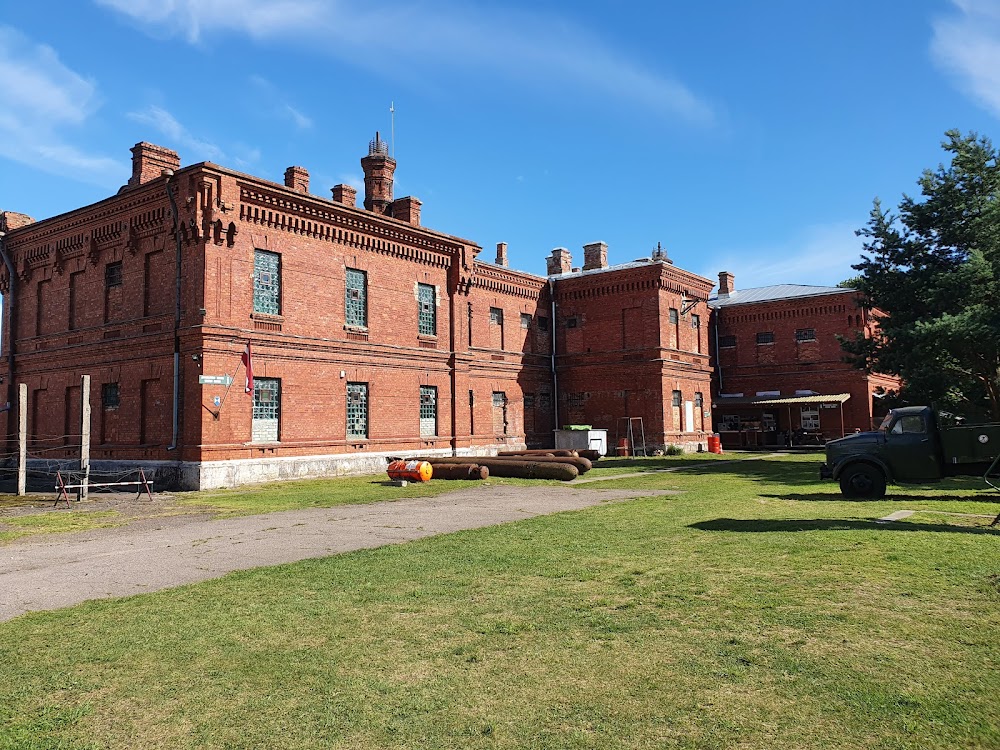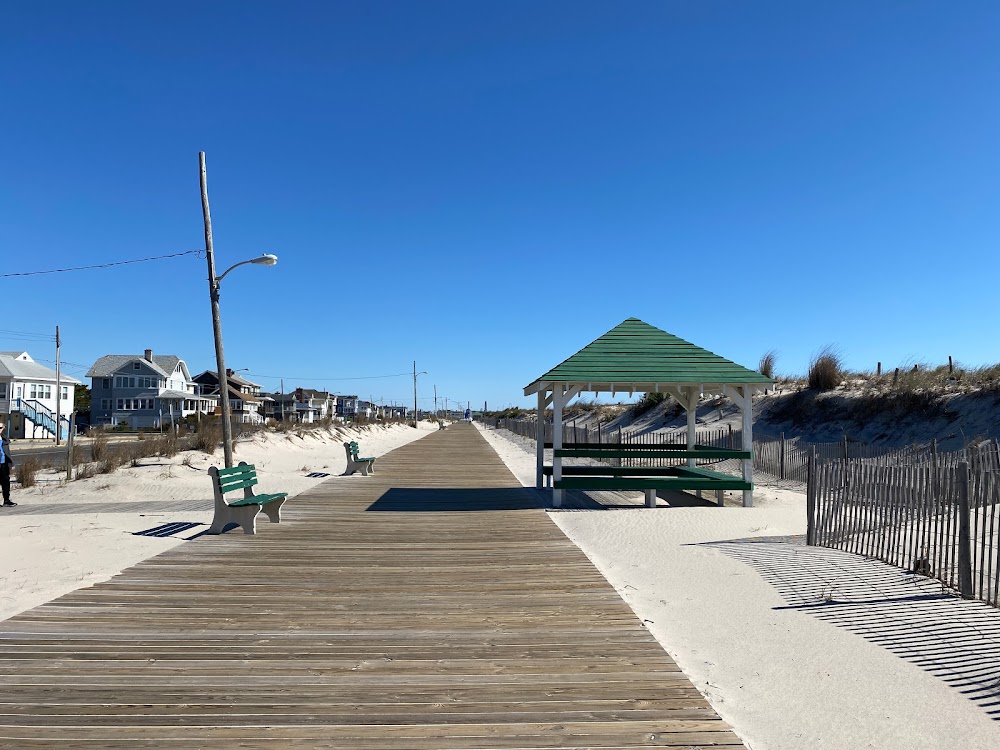North Breakwater (Ziemeļu mols)
Overview
The Ludington North Breakwater Light is a stunning example of nautical architecture, renowned for its charming red-roofed tower. While it may evoke images of a coastal beacon from Europe, this lighthouse resides in Ludington, Michigan, USA. Imagine, however, if it were transplanted to Liepāja, Latvia, a picturesque coastal city celebrated for its lighthouses and rich maritime history.
The story of the Ludington North Breakwater Light in our imaginative Liepāja begins in the early 1920s. With the bustling ports and increasing ship traffic, local authorities recognized the need for enhanced navigation aids. They embarked on constructing a breakwater light that would withstand the harsh conditions of the Baltic Sea, ensuring safe passage for mariners.
Construction commenced in 1924 with local engineers inspired by durable and functional designs. They chose steel for its strength and longevity, opting for pre-fabricated steel plates shipped to Liepāja for on-site assembly. Artisans and laborers worked tirelessly, braving the challenges posed by Baltic winds and frigid temperatures.
The design of the lighthouse is notably distinctive. A square pyramidal steel tower with a striking red roof and a black lantern room creates an eye-catching aesthetic. This sturdy structure sits atop a robust concrete foundation and pier that extends into the sea, providing a stable base to endure waves and ice floes.
The technology of the era played a crucial role in the lighthouse's functionality. At its core was a Fourth Order Fresnel Lens, imported from France and renowned for its superior light-casting abilities. This lens ensured that the lighthouse’s beam would be visible to ships miles away, guiding mariners safely into the harbor and preventing accidents.
The lighthouse was completed in 1926, marking an architectural triumph. It became operational immediately, its beam serving as a trusted guide for fishermen, cargo vessels, and passenger ships navigating the bustling waters of Liepāja’s port.
Over the decades, the lighthouse continued to play a vital role, particularly during World War II. As with many coastal structures, it was closely monitored, and efforts were made to protect it from the ravages of military conflict. Thankfully, it emerged from the war with minimal damage.
Throughout the Soviet era, the Ludington-style North Breakwater Light in Liepāja stood resolutely, although its original lens was replaced in the 1960s with a modern automatic system. This upgrade ensured operational efficiency without the need for constant human oversight.
For the locals, maintaining this lighthouse became a matter of pride, symbolizing both historical resilience and a commitment to safeguarding maritime activity. Regular upkeep ensured it remained steadfast against the corrosive sea air and relentless waves.
Today, in the charming city of Liepāja, which is now part of an independent Latvia, the lighthouse is a cherished historical landmark. It represents a significant chapter in nautical evolution and continues to serve as an active aid to navigation. The picturesque sight of the lighthouse against the backdrop of the Baltic Sea captivates both locals and visitors alike, embodying a serene yet imposing presence.
As the years go by, the Ludington North Breakwater Light in Liepāja stands as a steadfast symbol of maritime heritage. Its red roof and robust steel tower narrate a tale of innovation, resilience, and the timeless role of lighthouses in ensuring the safe passage of seafarers.









